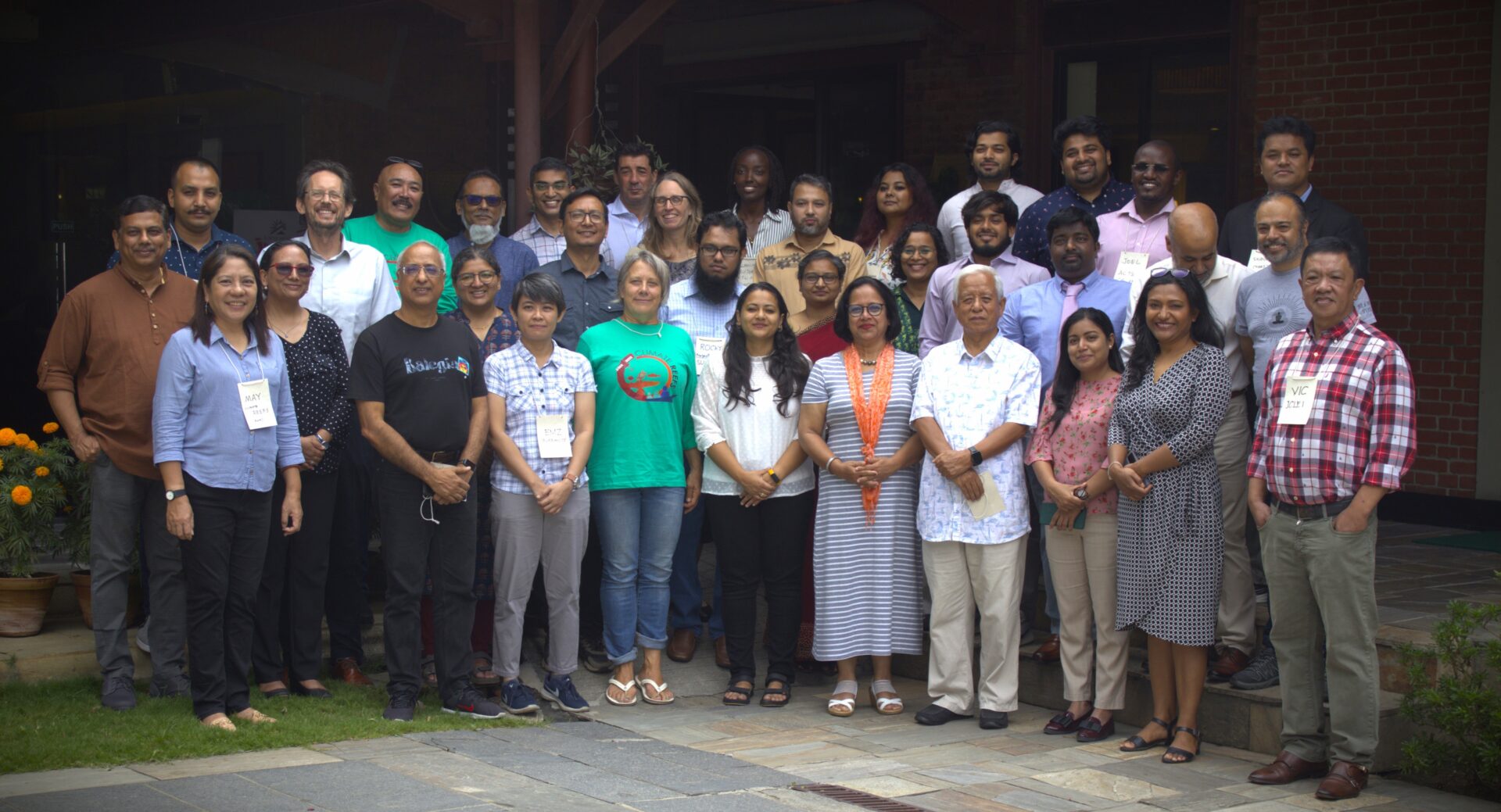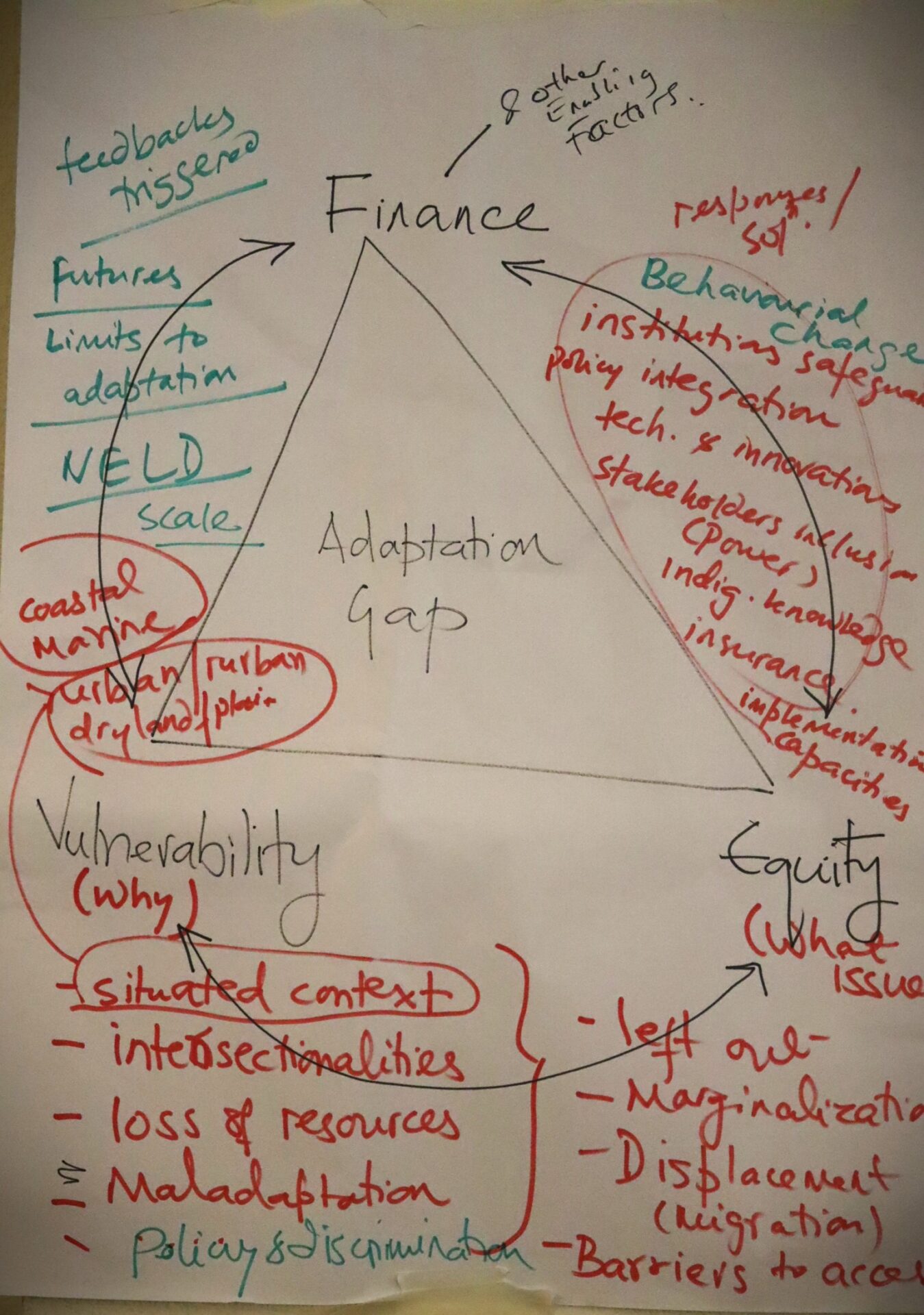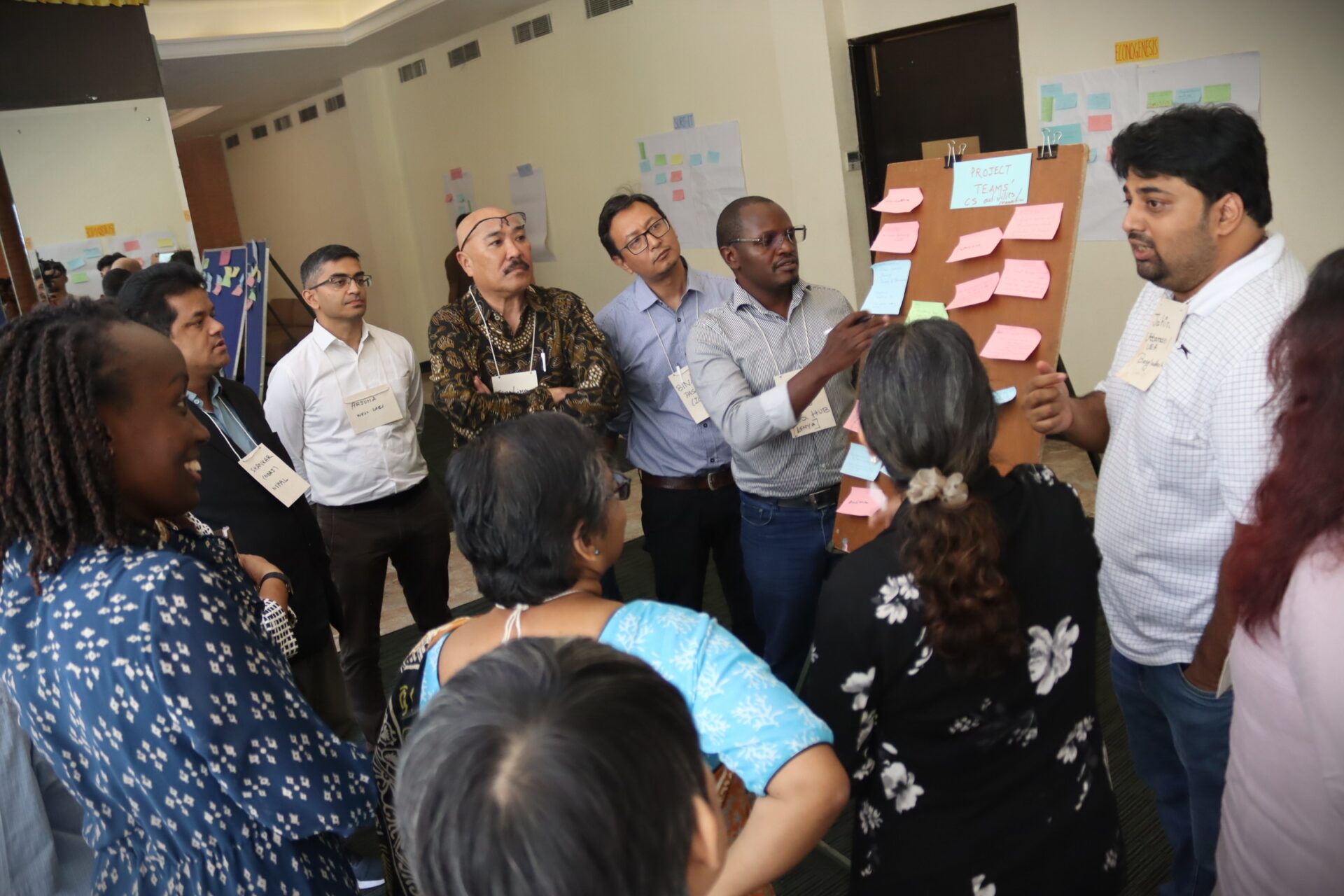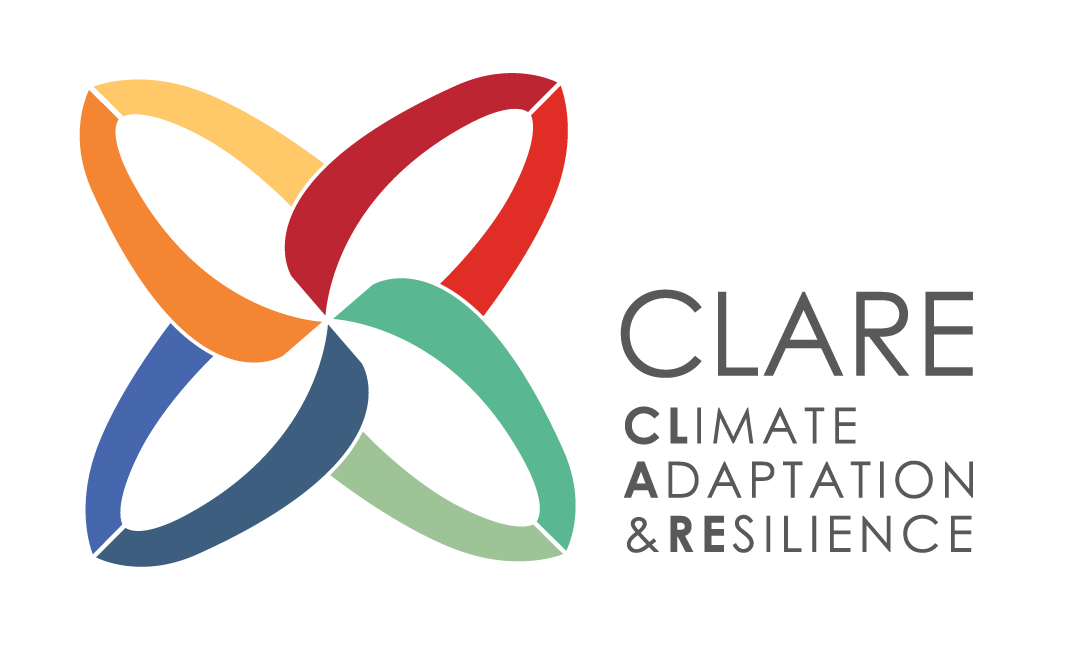
Building Synergies for Climate Resilience through Collaborative Learning
/
Author: Fiona Makayoto
Research Projects: Diverse Approaches to Climate Adaptation
The CLARE Programme Asia Workshop, held in Kathmandu, Nepal, from 6 to 8 October 2024, co-hosted by the International Centre for Integrated Mountain Development (ICIMOD) and the Nepal Development Research Institute (NDRI), brought together various stakeholders to explore innovative solutions for climate adaptation. Throughout the workshop, researchers presented a wide array of projects focused on ecosystem vulnerability and community-driven adaptation. Projects included: ClimateREEFS, ECONOGENESIS, CLARITY SUCCESS, RURBANISE, RECOVER, SURF-IT.
Discussions focused on a range of approaches to tackling ecosystem vulnerability caused by climate change, focusing on areas such as marine, coastal, and urban ecosystems. These environments are increasingly under stress due to rising temperatures and erratic precipitation patterns, making biodiversity critical for maintaining resilient livelihoods. One promising trend is the integration of modern technologies, such as artificial intelligence (AI) and hydrological models, which are being used to forecast environmental changes and inform decision-making processes. As highlighted by the Spatial surge forecasting using AI and community knowledge (SURF-IT) project, these technologies offer early-warning systems and enhance long-term climate planning, making it possible for at-risk communities to anticipate and respond to climate threats more effectively.
The Vulnerability, Finance, and Equity Triad
A recurring theme during the workshop was the glaring gap between the finance available for adaptation and the actual needs on the ground. Participants examined this triad by focusing on projects that are marine/coastal focused and non-marine. Vulnerability, in the context of climate change, refers to the degree to which communities are susceptible to the impacts of environmental stressors.1 This susceptibility varies widely, even among marginalized groups, based on factors such as geography, gender, and economic status. Importantly, vulnerabilities evolve over time, often affected by changing climate conditions and socio-economic inequalities.2 This therefore needs continuous assessment and the development of adaptive strategies that can respond to shifting conditions. For instance, coastal communities facing the dual threats of rising sea levels and economic marginalization may require more targeted interventions than inland communities, where other factors such as drought or extreme temperatures pose greater risks.
Equity plays a critical role in ensuring that climate adaptation efforts reach those most in need. It is not enough to implement adaptation measures; these measures must be designed to benefit the most vulnerable populations, addressing the inequalities that often leave marginalized groups disproportionately affected by climate change. Financial resources are crucial in this regard, as they provide the means to implement these solutions at scale.

Figure 1: Vulnerability, Equity & Finance Triad. Photo Credit: Fiona Makayoto, African Centre for Technology Studies
Bridging the Adaptation Finance Gap
Although global financial mechanisms exist to support climate action, the funds available often fall short of what is required to meet the needs of vulnerable populations. This is particularly pronounced in regions where socio-economic challenges compound the effects of climate change, leaving communities unable to finance the adaptation measures that are most critical to their survival.
Addressing this gap requires innovative financial mechanisms that are both accessible and adaptable to local needs. Small-scale projects, particularly those that leverage existing research, can provide immediate and practical solutions. These initiatives often require modest funding but can deliver high-impact results when effectively implemented. They allow for quicker action and can be scaled up over time, providing a flexible approach to addressing urgent climate risks while building resilience over the long term.
Moreover, financial mechanisms must prioritize inclusivity, ensuring that marginalized communities have access to the resources they need to implement adaptation measures. This means designing policies that not only support employment and economic opportunities but also address the barriers to financial access that many vulnerable populations face.
Co-Created Solutions: Engaging Communities in Climate Action
One of the most effective ways to build resilience is through the co-creation of solutions. Co-creation involves the active participation of local communities in the design and implementation of climate adaptation strategies, ensuring that these interventions are responsive to the unique needs of the communities they are intended to serve. This approach fosters a sense of ownership and agency among local stakeholders, which is critical for the sustainability of adaptation efforts.
Co-created solutions have the added benefit of drawing on local knowledge and experiences. By engaging community members, governments, and researchers in dialogue, co-creation ensures that diverse perspectives are considered, leading to more innovative and effective solutions. Moreover, this process enhances trust and collaboration among stakeholders, making it easier to address the complex challenges posed by climate change.
Flexibility is a key aspect of successful co-creation. Adaptation strategies must be designed to evolve over time, allowing for adjustments based on community feedback and the changing nature of climate vulnerabilities. This approach ensures that solutions remain relevant and effective as new challenges arise. For instance, projects that incorporate artistic and educational initiatives—such as school competitions or community art projects—can raise awareness about climate issues and inspire grassroots action.

Figure 2: Participants during the CLARE Asia Workshop. Photo Credit: Fiona Makayoto, African Centre for Technology Studies
Looking Ahead: Building a Learning Community
To sustain these efforts, it is essential to create a global learning community where knowledge and best practices can be shared across borders. Collaborative learning not only enhances the capacity of individual projects but also creates synergies that can amplify the impact of climate adaptation efforts. By building networks of shared expertise, stakeholders can leverage collective resources and insights to address the diverse challenges posed by climate change more effectively.
The potential for synergy through shared learning and community engagement holds promise for creating a resilient future—one in which vulnerable populations are not only protected from the impacts of climate change but are also empowered to shape their own adaptive pathways.
Published
CLARE Projects
CLARE Partners

